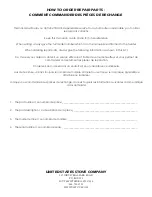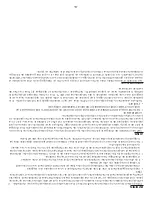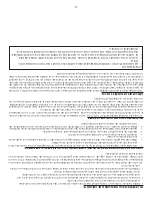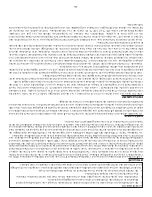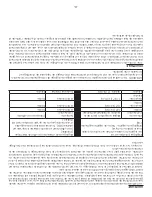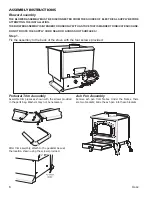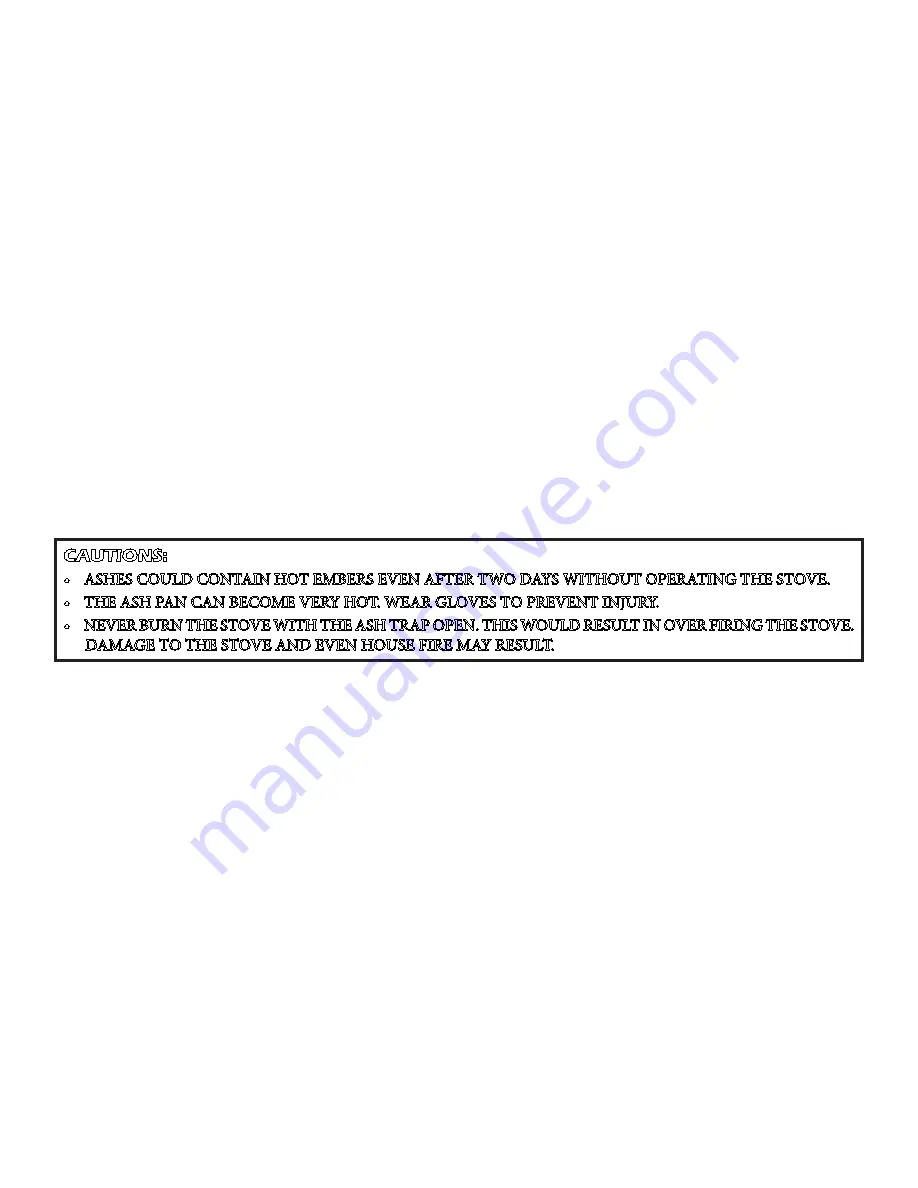
-16-
CAUTIONS:
• ASHES COULD CONTAIN HOT EMBERS EVEN AFTER TWO DAYS WITHOUT OPERATING THE STOVE.
• THE ASH PAN CAN BECOME VERY HOT. WEAR GLOVES TO PREVENT INJURY.
• NEVER BURN THE STOVE WITH THE ASH TRAP OPEN. THIS WOULD RESULT IN OVER FIRING THE STOVE.
DAMAGE TO THE STOVE AND EVEN HOUSE FIRE MAY RESULT.
OPERATIONAL TIPS
Operational Tips for Good, Efficient, and Clean Combustion
•
Get the appliance hot and establish a good coal bed before adjusting to a low burn rate (this may take 30 minutes or more depending
on your wood)
•
Use smaller pieces of wood during start-up and a high burn rate to increase the stove temperature
•
Be considerate of the environment and only burn dry wood
•
Burn small, intense fires instead of large, slow burning fires when possible
•
Learn your appliance’s operating characteristics to obtain optimum performance
•
Burning unseasoned wet wood only hurts your stoves efficiency and leads to accelerated creosote buildup in your chimney
ASH DISPOSAL
Whenever ashes get 3 to 4 inches deep in your firebox or ash pan, and when the fire has burned down and cooled, remove excess ashes.
Leave an ash bed approximately 1 inch deep on the firebox bottom to help maintain a hot charcoal bed.
Ashes should be placed in a metal container with a tight-fitting lid. The closed container of ashes should be placed on a noncombustible
floor or on the ground, away from all combustible materials, pending final disposal. The ashes should be retained in the closed container
until all cinders have thoroughly cooled.
SMOKE AND CO MONITORS
Burning wood naturally produces smoke and carbon monoxide(CO) emissions. CO is a poisonous gas when exposed to elevated
concentrations for extended periods of time. While the modern combustion systems in heaters drastically reduce the amount of CO
emitted out the chimney, exposure to the gases in closed or confined areas can be dangerous. Make sure you stove gaskets and chimney
joints are in good working order and sealing properly to ensure unintended exposure. It is recommended that you use both smoke and
CO monitors in areas having the potential to generate CO.





















